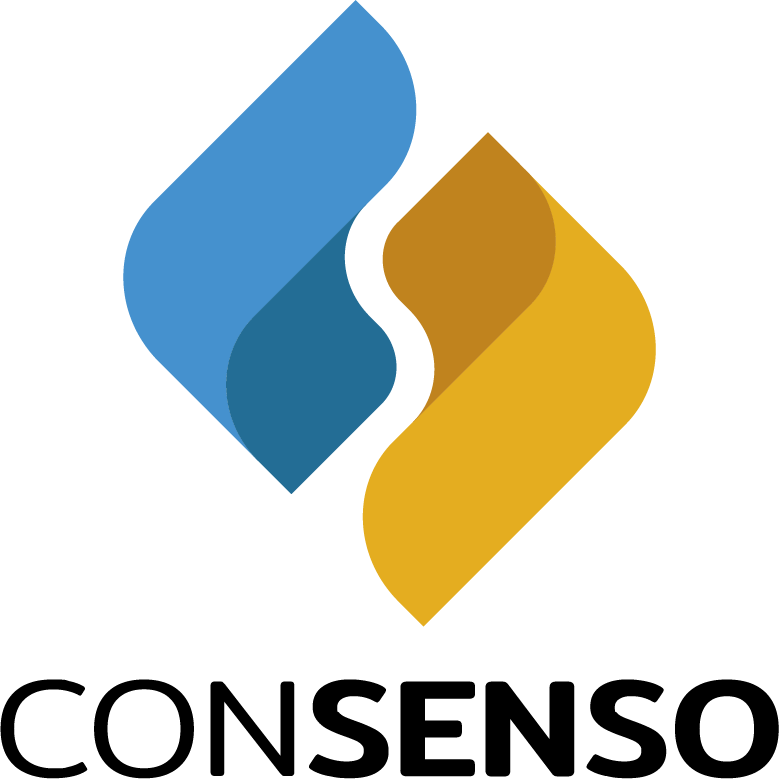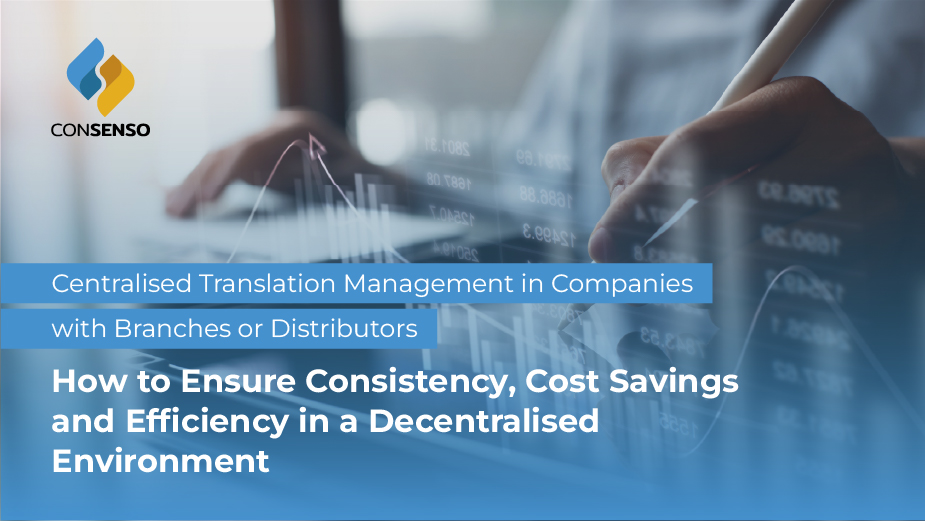Companies operating internationally — with branches, distributors or local partners in various countries — face a common challenge: how to maintain consistent, professional and brand-aligned communication across all geographies?
One of the most critical aspects of this communication is the translation of content: from marketing campaigns to technical documentation, contracts, packaging and training materials. This is where centralised translation management comes in — a strategic approach that can provide clear competitive advantages.
The Problem with Decentralised Management
When each branch or local partner manages its translations independently, several issues arise:
• Terminological and stylistic inconsistencies that damage the brand image
• Duplicate or unnecessary translations, unaware of existing versions
• Scattered, hard-to-control costs with no synergy
• Loss of control over linguistic quality and legal compliance
In practice, decentralised translation creates noise where there should be clarity — and increases costs where efficiency is needed.
Benefits of Centralised Management
Centralising translation management doesn’t mean taking away autonomy from local teams. It means building a solid and coordinated foundation, with clear rules, shared tools and a strategic language partner.
Key advantages include:
- Global brand consistency
Terminology, tone of voice and key messages remain aligned across markets, reinforcing the company’s identity. - Cost reduction through translation memory
CAT tools and linguistic memories help reuse existing content, avoiding duplicate work. - Greater control and traceability
With a central system (like Plunet or Bitrix24), you can track requests, volumes, languages and deadlines in real time — using dashboards and decision-support reports. - Assured quality and legal compliance
A central language partner can apply standards such as ISO 17100 or ISO 18587, ensuring human review and legal conformity.
Faster response to markets
With clear workflows and shared glossaries, translation cycles can be accelerated — even across dozens of languages.
How to Implement a Centralised Model?
Ideally, take a phased approach involving key stakeholders:
- Map current translated content from branches and distributors
- Define a clear translation policy with workflows, urgency levels and quality criteria
- Choose a trusted partner with experience coordinating multilingual projects across time zones
- Integrate management and translation tools with controlled access for local teams
- Promote training and onboarding sessions to ensure alignment
The Role of Consenso Global
At Consenso Global, we help internationally active companies organise and centralise their translation management. We act as an extension of your team, with a consultative approach, secure tools, and expert translators in a wide range of fields.
More than just translating, we manage multilingual processes with strategy, quality and flexibility — so your brand can speak with authority in any market.




